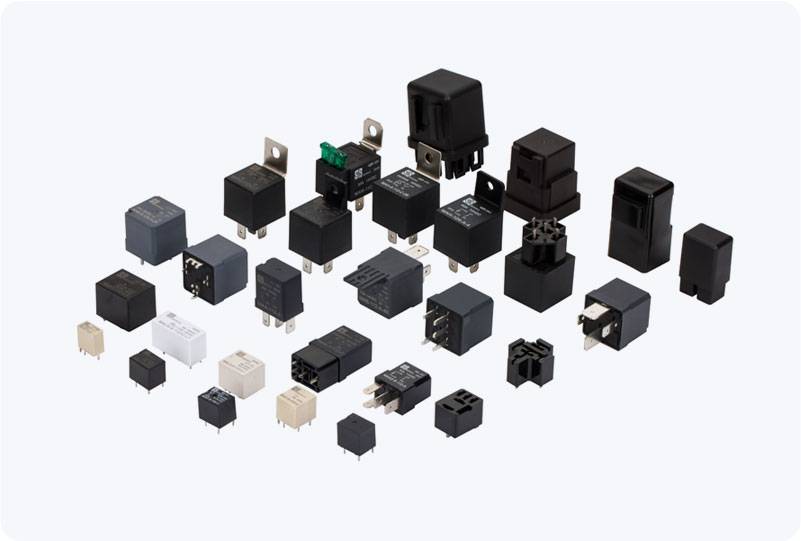The Current Overload Relay (COR) is a crucial component in electrical and industrial applications, designed primarily to protect motors and various electrical devices from damage due to excessive current flow. This protective device serves as a safeguard against the risks associated with overcurrent conditions, ensuring the longevity and reliability of equipment when conditions become adverse. Understanding the importance, functioning, and types of current overload relays can significantly contribute to the safe operation of electrical systems.

Importance of Current Overload Relays The primary role of a Current Overload Relay is to monitor and control the current flowing through electrical devices, particularly motors. Motors are often subjected to varying loads, and under certain conditions, the current can exceed safe operating levels. Excessive current can lead to overheating, which can result in insulation damage, winding failure, and ultimately motor burnout. The incorporation of a COR is essential in preventing such failures, making it a critical component in both residential and industrial electrical systems. In addition to motor protection, current overload relays are also employed in applications involving transformers, generators, and various other electrical devices. By ensuring that the current remains within specified limits, they play a vital role in maintaining operational efficiency and reducing downtime caused by equipment failure.